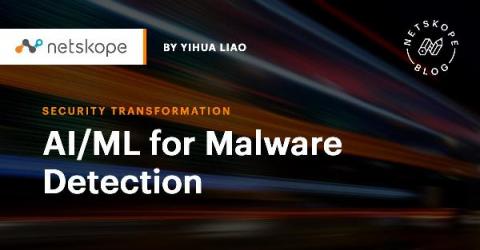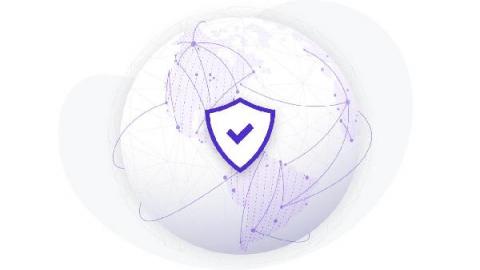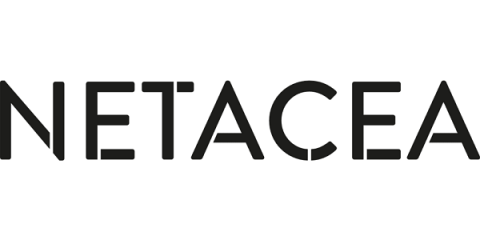7 steps to improve developer security
Empathy — that ability to understand what others are feeling — might be the secret ingredient when it comes to successfully shifting security into the developer world. Snyk co-founder and president Guy Podjarny hosts The Secure Developer podcast, and in interview after interview, guests have repeatedly spoken about how empathy, understanding, and a bias toward action are the biggest components of a successful developer-first security culture.











